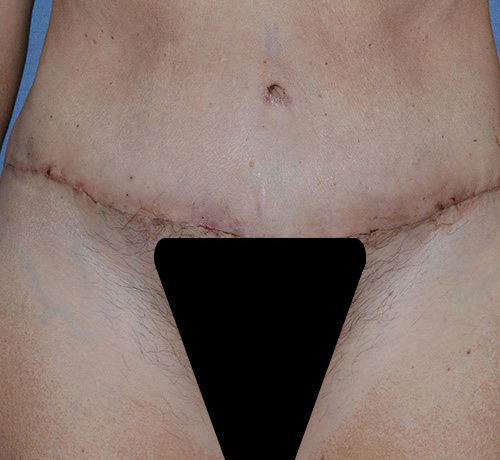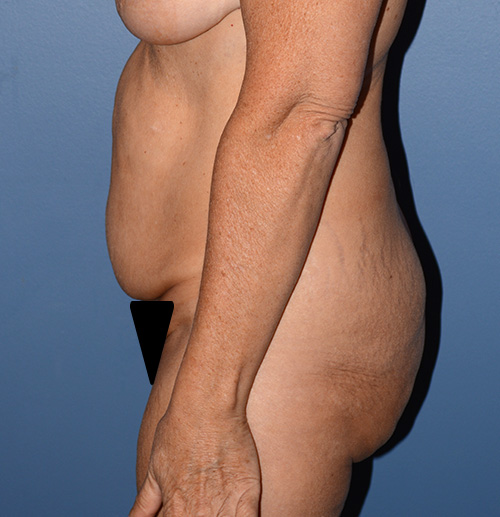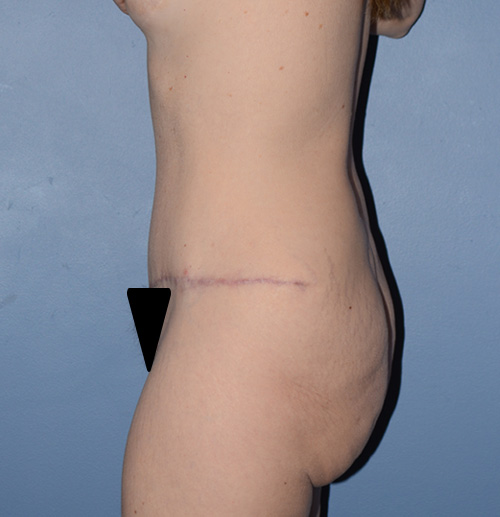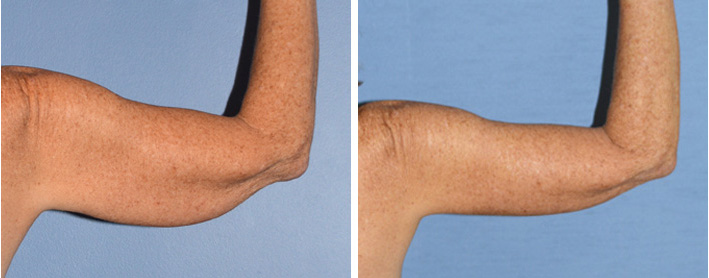Tummy Tuck | Abdominoplasty Candidates for Surgery
University of Washington Trained Plastic Surgeon Ludwig Allegra MD. See his 5.0 Real Patient Verified Star Google reviews.
Below are some of our Tummy Tuck Before & After Images and Pictures for you to see. This patient is only 2 weeks out. We wanted to show you a different view to allow you to see what someone looks like 2 weeks after surgery. This will help you plan your post procedure recovery period. It is also a very honest way to look at what a Tummy Tuck can do for you.

Before

After
Note: Individual results will vary. Images do not constitute a promise or representation of any particular outcome or experience.

Before

After
Note: Individual results will vary. Images do not constitute a promise or representation of any particular outcome or experience.
More on being a Tummy Tuck Abdominoplasty Candidate:
Am I a Candidate for the Tummy Tuck | Abdominoplasty Procedure? This is a great question. Briefly, these are some of the things that we will consider below:
- Generally you want to be in fairly good health. You should not have major medical problems that affect your daily life and regular functioning.
- You should be psychologically fit and have realistic expectations about the procedure.
- You should not smoke 2-4 weeks before your procedure and after.
- You should have some sense that you do not like your stomach area.
- You should have physical evidence that would suggest a tummy tuck | abdominoplasty will help your situation and likely alleviate some of the dislike you have towards your stomach | abdominal area.
Below is a more in depth look into this question "Am I a good candidate for a Tummy Tuck | Abdominoplasty":
From a Health Perspective: The American Society of Anesthesiologists have a classification system below. Typically, we operate on patients that are ASA PS 2 and 1:
- ASA PS 1 Normal healthy patient No organic, physiologic, or psychiatric disturbance; excludes the very young and very old; healthy with good exercise tolerance
- ASA PS 2 Patients with mild systemic disease No functional limitations; has a well-controlled disease of one body system; controlled hypertension or diabetes without systemic effects, cigarette smoking without chronic obstructive pulmonary disease (COPD); mild obesity, pregnancy
- ASA PS 3 Patients with severe systemic disease Some functional limitation; has a controlled disease of more than one body system or one major system; no immediate danger of death; controlled congestive heart failure (CHF), stable angina, old heart attack, poorly controlled hypertension, morbid obesity, chronic renal failure; bronchospastic disease with intermittent symptoms
- ASA PS 4 Patients with severe systemic disease that is a constant threat to life Has at least one severe disease that is poorly controlled or at end stage; possible risk of death; unstable angina, symptomatic COPD, symptomatic CHF, hepatorenal failure
- ASA PS 5 Moribund patients who are not expected to survive without the operation Not expected to survive > 24 hours without surgery; imminent risk of death; multiorgan failure, sepsis syndrome with hemodynamic instability, hypothermia, poorly controlled coagulopathy
- ASA PS 6 A declared brain-dead patient whose organs are being removed for donor purposes
From a health standpoint, you will be assessed by our nurse, doctor, and the certified registered nurse anesthetist or board certified anesthesiologist. Typically, if you are over 50 we will get a medical risk assessment. If you have some major disease issue such as diabetes, hypertension, smoking history, etc we will get a medical risk assessment over the age of 40 or younger. We will always go through a complete medical history and physical on your preop appointment and on the day of your procedure.











Philip Young MD, Aesthetic Facial Plastic Surgery PLLC




